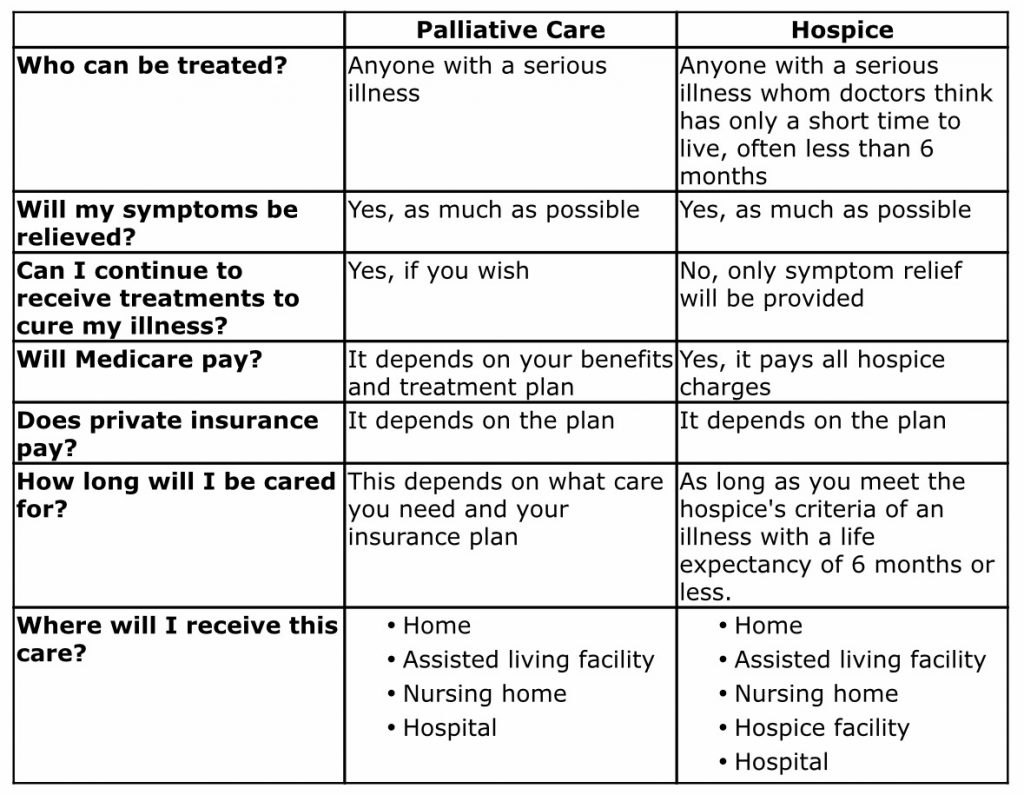 Dear Magic,
Dear Magic,
I recently read that the state of Virginia and Washington, DC both received an ‘A’ grade for their palliative care offerings. Can you explain the difference between palliative care, hospice care, and end-of-life care?
Thanks for your help!
Palli Attive
—
Dear Palli,
End-of-life care is the term used to describe the support and medical care given during the time surrounding death. Such care does not happen only in the moments before breathing ceases and the heart stops beating. Older people often live with one or more chronic illnesses and need a lot of care for days, weeks, and even months before death.
There are many ways to provide care for an older person with a serious illness. In this article, I will describe palliative care and hospice care, and the difference between them.
Palliative Care at the End of Life
Palliative care is specialized medical care for people living with a serious illness, such as dementia, Parkinson’s, or cancer. Palliative care is focused on providing relief from the symptoms and stress of the illness. The goal of palliative care is to improve quality of life for both the patient and the family. Palliative care is based on the needs of the patient, not on the patient’s prognosis, and it is appropriate at any age and at any stage in a serious illness.
In addition to the regular care team, some hospitals and nursing homes may have palliative care teams that can assist with managing uncomfortable symptoms and making medical decisions for patients who may or may not be at the end of life.
As you mentioned, in the recently released 2019 State-by-State Report Card on Access to Palliative Care in our Nation’s Hospitals, both Virginia and Washington, DC earned an “A” grade.
Hospice Care at the End of Life
Some people choose hospice care at the end of life. Similar to palliative care, hospice provides comfort care as well as support for the family but, in hospice, attempts to cure the person’s illness are stopped.
Hospice is provided for a person with a terminal illness whose doctor believes he or she has 6 months or less to live if the illness runs its natural course.
Hospice is an approach to care, so it is not tied to a specific place. It can be offered in many types of settings—at home or in a facility such as a nursing home, hospital, or even in a separate hospice center, though not many standalone hospice centers exist.
Please see the chart below for some differences between Palliative Care and Hospice Care:

Hop this is helpful,
Magic












